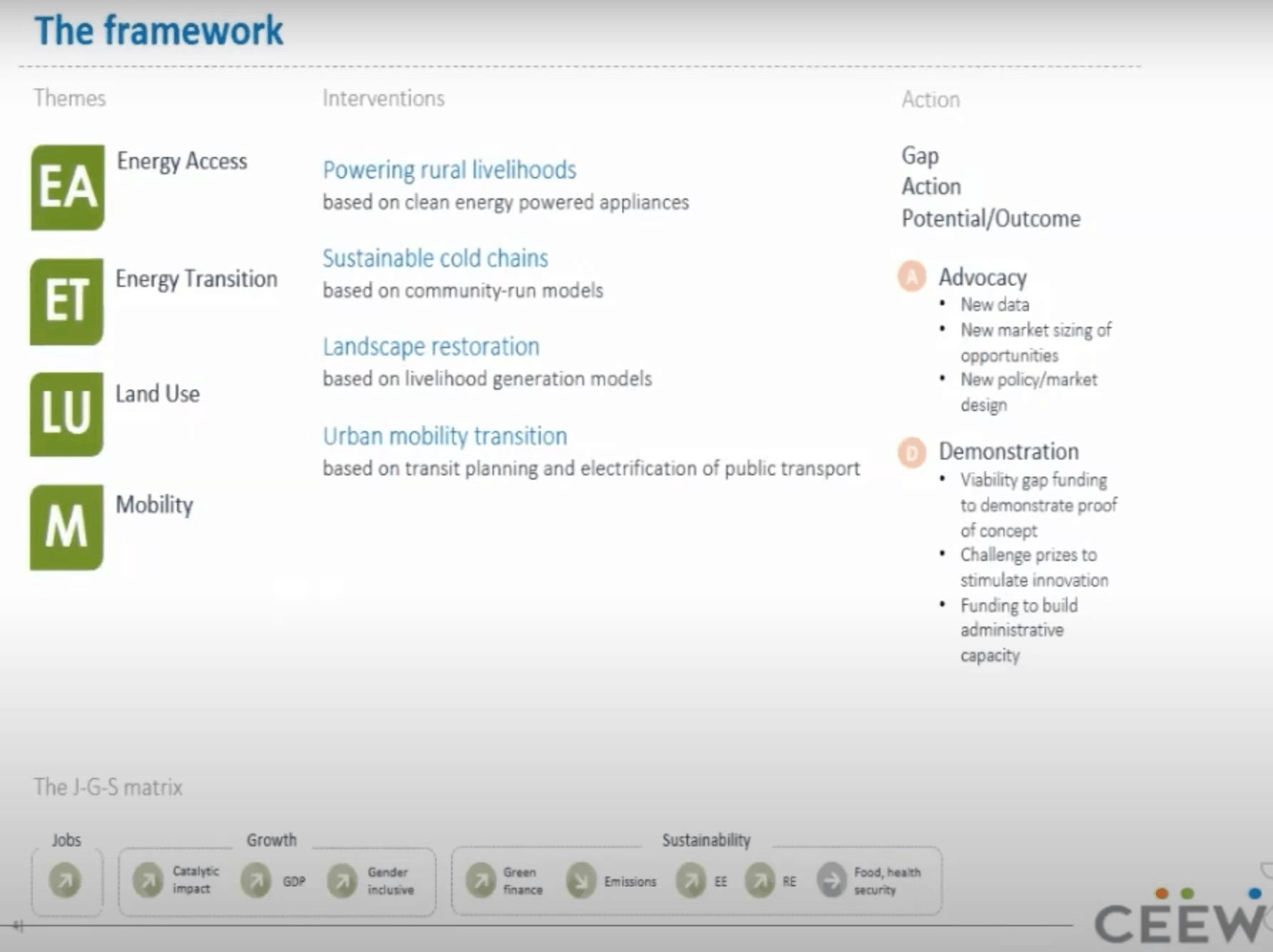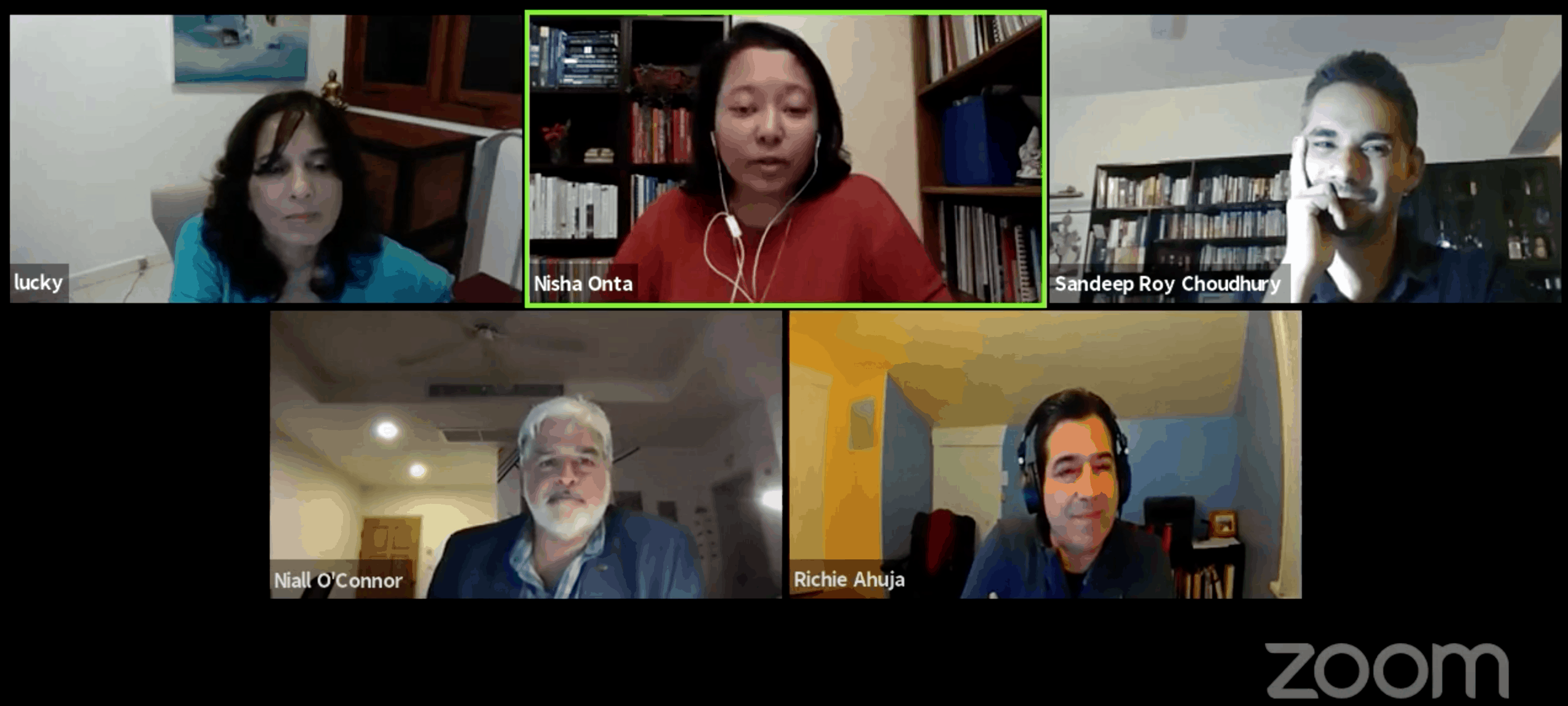Co-author: Ernest Heng
5 min read
South Asia is one of the fastest growing emerging economic regions in the world. It has lifted millions of households out of poverty and has set the region up as a viable hub for innovation and finance. In fact, the International Monetary Fund (IMF) predicts that South Asia will account for a-third of the world’s growth by 2040[1].
The effects of climate change, however, remain a threat to the lives and livelihoods of people living in the region, where three of the top five countries that are most vulnerable to climate change are located. Warmer temperatures and rising sea levels would affect South Asia’s varied economies and its 1.5 billion people. Furthermore, the impact of COVID-19 has also affected South Asia’s growth which includes losses of income, jobs, lives and reversals of capital flow. The immediate government response to COVID-19 has been to stimulate job creation and security, while promoting sanitation in order to protect lives.
A silver lining throughout this pandemic, however, has been the revelation of how interconnected society is to the natural world. This is an impetus for the private sector to push for a greener and more inclusive economic recovery. Yet, how can interested private stakeholders take the next steps towards sustainable growth? What are the best practices, and where do the opportunities lie?
At the AVPN South Asia Impact Capital Festival (SAICF), there was a resounding consensus amongst funders and resource providers, that collaborations are important to bridge knowledge gaps, facilitate ideation, and spur productive capital mobilisation. Yet, collaboration is easier said than done. In reality, organisations typically work in silos, creating disjointed bubbles of impact.
Nonetheless, after hearing from climate action practitioners at the SAICF, I have highlighted three ways that keen social investors can bear in mind to overcome these barriers.
Leaders must be empathetic and creative
Leaders are critical in spearheading change. We need leaders in various sectors and at different levels to wield their power boldly and become good stewards of our resources.
Sesame Workshop India takes an innovative approach towards climate action and stewardship by bringing children into the conversation. “By making children more visible,” Anuragini Nagar, Programmes Director, says, “we can build environmental stewardship.” On the other hand, corporates like the Mahindra Group aim to reduce carbon footprint by 25% in 3 years by leveraging the power of technology. While it is an ambitious goal, Mahindra’s Chief Sustainability Officer, Anirban Ghosh, has been successful in lowering emissions through carbon pricing and low-carbon technology investments. “Let’s not get enamored by carbon price; it’s a means to an end,” cautions Anirban. “Time and patience are needed to integrate these carbon goals into the company’s common currency.”
Empathetic leaders are also key to improving sustainability as they are more willing to listen to the needs of the communities on the ground. Women in positions of leadership are likely to adopt empathy-led leadership styles. Smita Biswas, the Gender & Inclusion Lead for ASEAN Low Carbon Energy Programme of the UK Prosperity Fund, shared how women leaders are more likely to align with climate action goals as investments into renewable energy and reductions in carbon emissions will support livelihoods and improve community welfare. This narrative was affirmed by Lucky Dissanayake, Founder of Biomass Group, who elaborated that women are more likely to be receptive to sustainable practices because they adopt a long-term approach when considering the needs of their family and communities.
Practitioners must design solutions at the intersections
Climate change intersects with other social, ecological and economic issues such as ecosystem preservation, social equity and diversity, health and education, and trade. Practitioners who are looking to create systemic change must, therefore, view climate action as an integral part of their work.
Dr Arunabha Ghosh, Founder and CEO of Council on Energy, Environment and Water (CEEW), showcased the mitigation opportunities for climate philanthropy. His frameworks, including the one highlighted above, point out key intersections between climate action and social needs, thereby demonstrating the benefits of financing and intervening at these intersections.
Gender rights and equity is also a key component of climate action and sustainable development. Discriminatory social and structural norms in South Asia leave women and girls vulnerable to a host of challenges, including climate change. Integrating a gender lens within climate change solutions will help alleviate such inequalities and build resilient communities.
“Because women are more responsible for the care economy, we assume they are friendly towards the environment. We find it is worth raising women’s voices in these spaces to find out what they really think.” – Dr Nisha Onta, Regional Coordinator for Asia & Knowledge Management Coordinator at WOCAN, on the importance of women inclusion in climate action for rural South Asia.
Women, therefore, should be seen as active stakeholders rather than as victims. In addition, a gender diverse workforce can be beneficial to the company. According to Smita Biswas, a gender diverse workforce is more likely to outperform competitors that lack gender diversity. It signals to investors that companies with inclusive and green policies are increasingly driven by their own sets of values and principles.
Funders must be willing to explore new frontiers
New and alternative frontiers of green financing can catalyse more capital towards impact. The Rockefeller Foundation highlighted the potential of the energy market in developing regions such as South Asia, and the opportunity for diverse investors to come together to scale climate-responsible technologies. “One of the things we did in the foundation was to bring together our power and climate teams within the foundation, because I think there is an enormous potential to really conjoin these two agendas,” says Joseph Curtin, Director of the Power & Climate Initiative.
“When the International Energy Agency looked at this whole agenda in a more holistic way – [such as] delivering universal electricity access, reducing air pollution, and more – they estimated that a trillion dollars of investments would be required per annum over the next 20 years. It is essential we leverage new players [and] bring traditional capital providers into the sector. It has been our experience to really have that capital stack to get that kind of scale.”
Furthermore, social investors have the opportunity to rise up as ecosystem builders by creating a network of social entrepreneurs who can meet social and environmental needs through capacity building instead of supporting one off projects. “Give enough leeway for capacity building,” says Ananth Aravamudan, Sector Lead of Energy & Cleantech Villgro. “While looking at results, there needs to be a strengthening of [the] overall organisation.”
The private sector has a huge role to play in shaping South Asia’s green recovery and growth, but it cannot achieve scale alone. Leaders must learn to think out of the box to design holistic solutions. To hear from thought leaders and expert practitioners about the insights and lessons they have learnt in supporting climate action, you may watch the recordings of the AVPN South Asia Impact Capital Festival or visit the AVPN Climate Action Platform.
[1] Is South Asia Ready for Take Off?, Manuela Goretti, Daisaku Kihara, Ranil Salgado, and Anne Gulde, November 2019



















